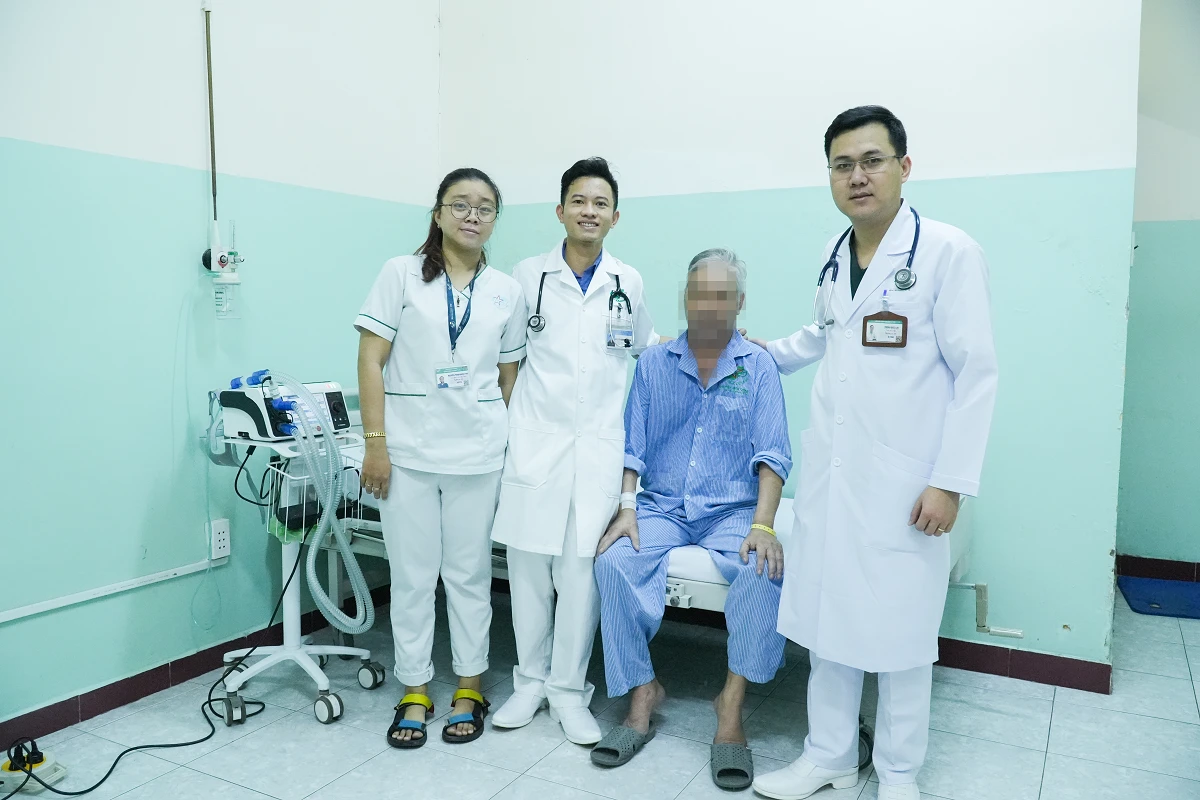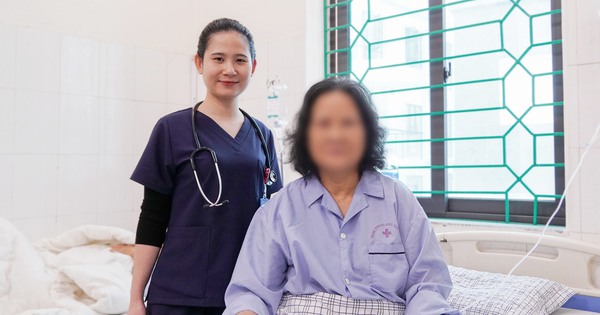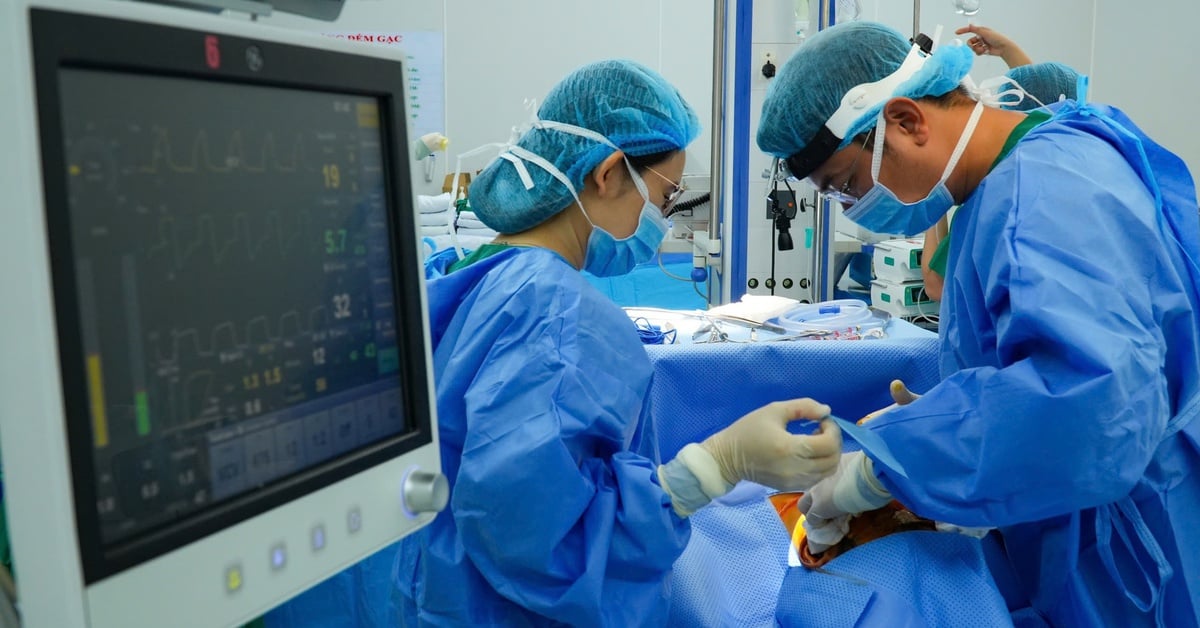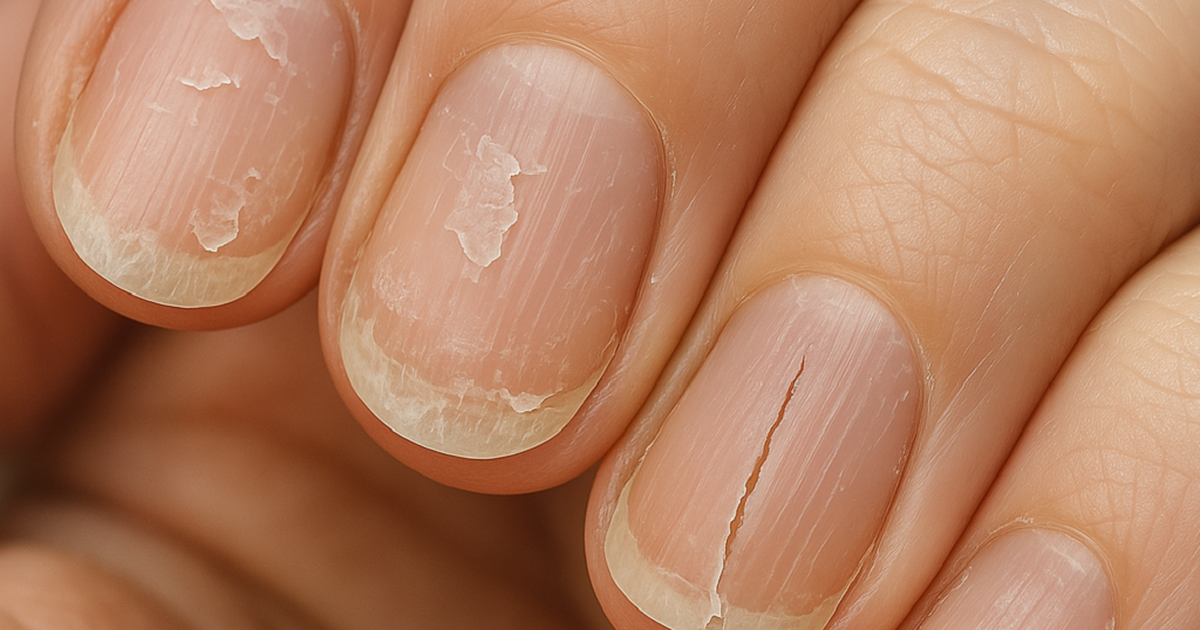The patient had visited many hospitals and was diagnosed and treated for many other diseases such as chronic obstructive pulmonary disease, bronchial asthma, pulmonary fibrosis, etc., but the symptoms did not improve and became increasingly severe.
On December 26, Dr. Nguyen Cong Truong, Department of Tuberculosis and Lung Diseases, Military Hospital 175 - who directly treated patient T., said that after being admitted to the hospital, through careful examination and consultation, the department suspected that the patient had obstructive sleep apnea syndrome. After that, the patient was consulted by a specialist and underwent a polysomnography technique.
The results determined that the patient had severe obstructive sleep apnea syndrome, with a high sleep apnea index. The patient was treated with non-invasive continuous positive airway pressure (CPAP) and responded well.
Currently, after treatment, the patient can sleep in a normal position, sleep better, has significantly improved quality of life and has been discharged from the hospital.

Patient T. took a photo with doctors on the day of discharge.
A sleep-related breathing disorder
Dr. Nguyen Hai Cong, Head of the Tuberculosis and Lung Diseases Department, Military Hospital 175, said that the CPAP ventilator helps create a continuous flow of positive pressure air into the respiratory tract. The air pressure helps support the muscles of the throat and respiratory tract, preventing them from collapsing. Therefore, the patient's airway is always open and ensures that the breathing process is not obstructed. The machine will be connected to the patient by a nasal probe, nasal cannula or mask. Symptoms of obstructive sleep apnea occur mainly during sleep, so patients only use the support machine when going to sleep.
Obstructive sleep apnea is the most common sleep-related respiratory disorder, characterized by episodes of apnea, hypopnea, and arousal associated with respiratory effort due to partial or complete closure of the upper airway during sleep. In Vietnam, there are no statistics, but in the world, this disease occurs in 15% of men and about 5% of women. High-risk subjects for this syndrome include men, old age, obesity, neck circumference over 40 cm, large and thick tongue,...
According to one study, moderate to severe obstructive sleep apnea occurs in 63% of overweight men. The main symptoms of this syndrome are excessive daytime sleepiness, headaches, snoring or apnea, hypopnea, choking, or gasping during sleep observed by a roommate.
Increased risk of cardiovascular disorders
Master - Doctor Trinh Duc Loi, Department of Tuberculosis and Pulmonary Diseases, said that obstructive sleep apnea syndrome is a relatively new disease in Vietnam. If not diagnosed early and treated properly, it will increase the risk of serious cardiovascular disorders such as resistant hypertension, arrhythmia, coronary artery disease, pulmonary hypertension, right heart failure, stroke, and increased insulin resistance in patients with type 2 diabetes. In particular, patients feel tired all the time, have reduced concentration and reduced work efficiency. At the same time, there is also a potential risk of traffic accidents while driving and occupational accidents.
"Therefore, when patients have risk factors and suspicious symptoms such as being overweight, snoring, reduced ability to concentrate during the day, frequent drowsiness... they need to immediately go to reputable medical facilities for examination and polysomnography, which helps diagnose and treat early to minimize serious complications or related accidents," Dr. Loi added.
Source link


![[Photo] Visiting Cu Chi Tunnels - a heroic underground feat](https://vstatic.vietnam.vn/vietnam/resource/IMAGE/2025/4/8/06cb489403514b878768dd7262daba0b)























































































Comment (0)